A better way to weigh millions of solitary stars
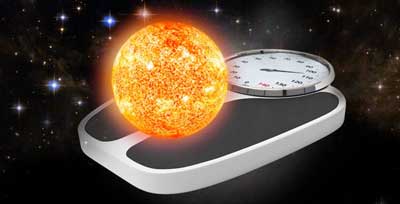 Astronomers have come up with a new and improved method for measuring the masses of millions of solitary stars, especially those with planetary systems.
Astronomers have come up with a new and improved method for measuring the masses of millions of solitary stars, especially those with planetary systems.
Dec 14th, 2017
Read more
 Subscribe to our Space Exploration News feed
Subscribe to our Space Exploration News feed
 Astronomers have come up with a new and improved method for measuring the masses of millions of solitary stars, especially those with planetary systems.
Astronomers have come up with a new and improved method for measuring the masses of millions of solitary stars, especially those with planetary systems.
Dec 14th, 2017
Read more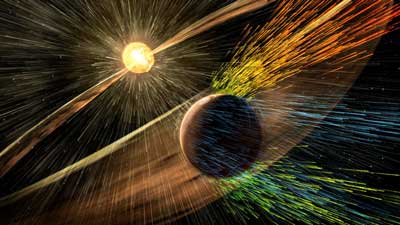 How long might a rocky, Mars-like planet be habitable if it were orbiting a red dwarf star? It's a complex question but one that NASA's Mars Atmosphere and Volatile Evolution mission can help answer.
How long might a rocky, Mars-like planet be habitable if it were orbiting a red dwarf star? It's a complex question but one that NASA's Mars Atmosphere and Volatile Evolution mission can help answer.
Dec 13th, 2017
Read more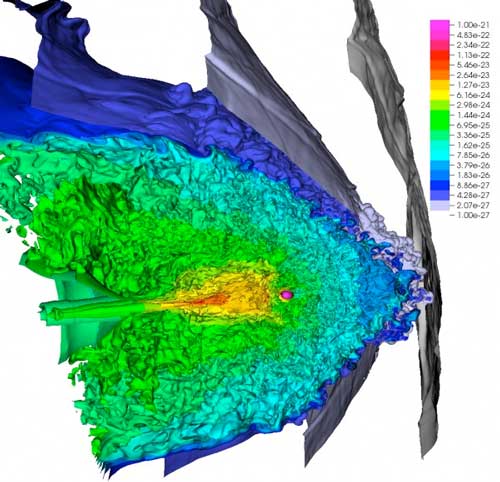 New research bridges scaling gap between astrophysics and cosmology.
New research bridges scaling gap between astrophysics and cosmology.
Dec 6th, 2017
Read more This new, third-generation echelle spectrograph is the successor to ESO's hugely successful HARPS instrument at the La Silla Observatory.
This new, third-generation echelle spectrograph is the successor to ESO's hugely successful HARPS instrument at the La Silla Observatory.
Dec 6th, 2017
Read more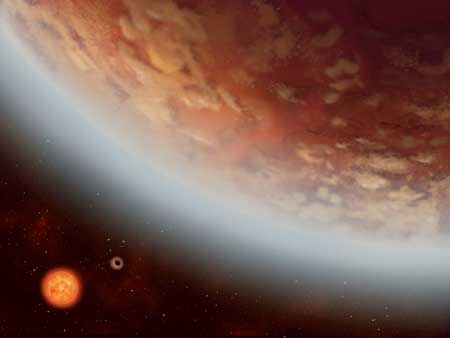 Researchers find exciting potential for little-known exoplanet - and discover another planet in the process.
Researchers find exciting potential for little-known exoplanet - and discover another planet in the process.
Dec 5th, 2017
Read more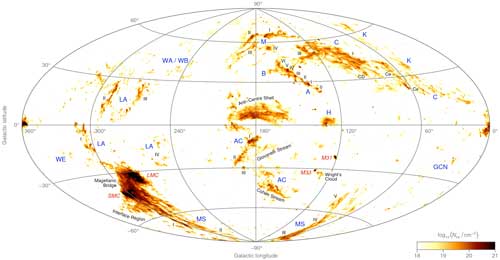 Scientists have created the most detailed map ever of clouds of high-velocity gas in the Universe around us.
Scientists have created the most detailed map ever of clouds of high-velocity gas in the Universe around us.
Dec 4th, 2017
Read more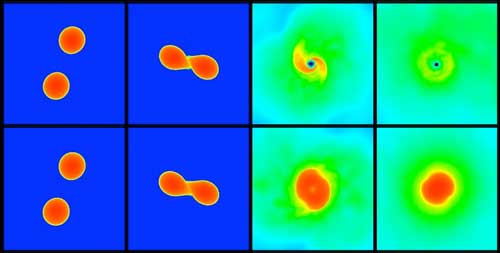 Neutron stars are the densest objects in the Universe; however, their exact characteristics remain unknown. Using simulations based on recent observations, a team of scientists has managed to narrow down the size of these stars.
Neutron stars are the densest objects in the Universe; however, their exact characteristics remain unknown. Using simulations based on recent observations, a team of scientists has managed to narrow down the size of these stars.
Dec 4th, 2017
Read more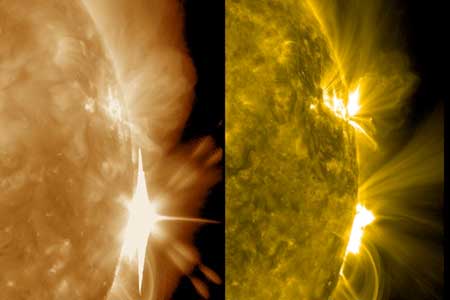 Theoretical analysis uncovers new mechanisms in plasma turbulence.
Theoretical analysis uncovers new mechanisms in plasma turbulence.
Dec 1st, 2017
Read more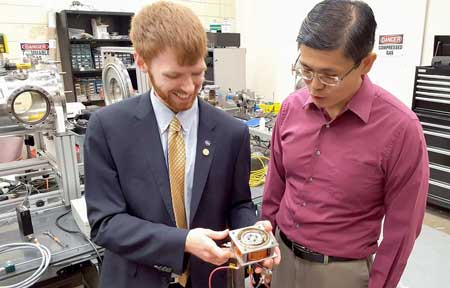 Using a 3D-printer for designing and building a fully functioning miniature Hall-effect thruster from scratch.
Using a 3D-printer for designing and building a fully functioning miniature Hall-effect thruster from scratch.
Dec 1st, 2017
Read more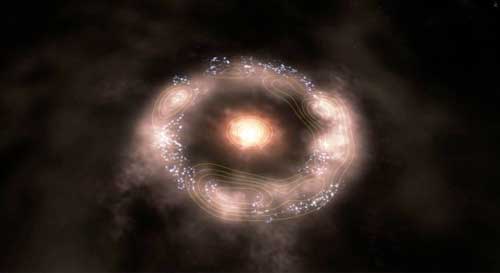 A new study points to the role of the magnetic field as responsible for decelerating the formation of massive stars in the center of galaxies.
A new study points to the role of the magnetic field as responsible for decelerating the formation of massive stars in the center of galaxies.
Nov 28th, 2017
Read more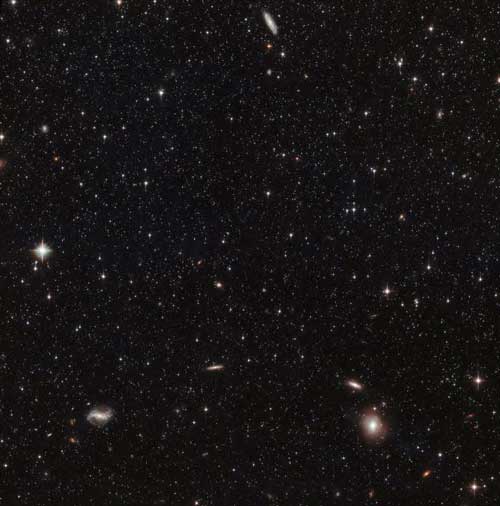 A team of astronomers used data from both the NASA/ESA Hubble Space Telescope and ESA's Gaia satellite to directly measure the 3D motions of individual stars in a nearby galaxy. The achieved accuracy is better than anything previously measured for a galaxy beyond the Milky Way.
A team of astronomers used data from both the NASA/ESA Hubble Space Telescope and ESA's Gaia satellite to directly measure the 3D motions of individual stars in a nearby galaxy. The achieved accuracy is better than anything previously measured for a galaxy beyond the Milky Way.
Nov 27th, 2017
Read more Could 2,000 years of belief be wrong? Are we in fact living on a disc rather than a globe? One believer from the Flat Earth Society is determined to find out. 'Mad' Mike Hughes is all set to build his own rocket to see for himself that the Earth is flat.
Could 2,000 years of belief be wrong? Are we in fact living on a disc rather than a globe? One believer from the Flat Earth Society is determined to find out. 'Mad' Mike Hughes is all set to build his own rocket to see for himself that the Earth is flat.
Nov 27th, 2017
Read more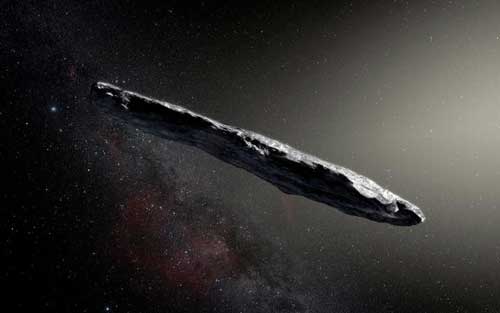 For the first time ever astronomers have studied an asteroid that has entered the Solar System from interstellar space. It appears to be a dark, reddish, highly-elongated rocky or high-metal-content object.
For the first time ever astronomers have studied an asteroid that has entered the Solar System from interstellar space. It appears to be a dark, reddish, highly-elongated rocky or high-metal-content object.
Nov 20th, 2017
Read more Nature whispers its stories in a faint molecular language, and scientists can finally tell one of those stories this week, thanks to a one-of-a-kind instrument that allowed them to hear what the atmosphere is saying with rare nitrogen molecules.
Nature whispers its stories in a faint molecular language, and scientists can finally tell one of those stories this week, thanks to a one-of-a-kind instrument that allowed them to hear what the atmosphere is saying with rare nitrogen molecules.
Nov 18th, 2017
Read more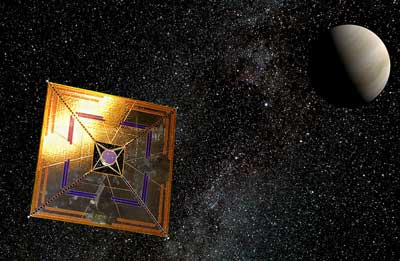 With a miniaturised space probe capable of being accelerated to a quarter of the speed of light, we could reach Alpha Centauri, our nearest star, in 20 to 50 years. However, without a mechanism to slow it down, the space probe could only collect data from the star and its planets as it zoomed past.
With a miniaturised space probe capable of being accelerated to a quarter of the speed of light, we could reach Alpha Centauri, our nearest star, in 20 to 50 years. However, without a mechanism to slow it down, the space probe could only collect data from the star and its planets as it zoomed past.
Nov 17th, 2017
Read more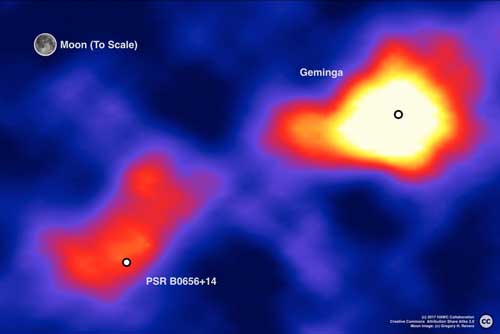 There are too many high-energy positrons in the cosmic rays reaching the Earth. These positrons could be being produced by pulsars in our vicinity. The most recent measurements have practically excluded this possibility, strengthening the competing and much more exotic hypothesis concerning the origin of the excess positrons.
There are too many high-energy positrons in the cosmic rays reaching the Earth. These positrons could be being produced by pulsars in our vicinity. The most recent measurements have practically excluded this possibility, strengthening the competing and much more exotic hypothesis concerning the origin of the excess positrons.
Nov 17th, 2017
Read more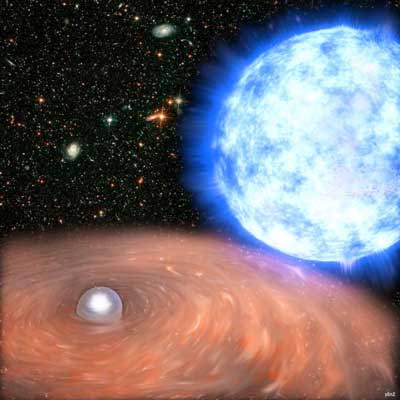 Astrophysicists have found the first observational evidence for a contracting white dwarf. Constant high spin-up rate of a star of this type, located in an enigmatic binary system, can be easily explained if the white dwarf is contracting.
Astrophysicists have found the first observational evidence for a contracting white dwarf. Constant high spin-up rate of a star of this type, located in an enigmatic binary system, can be easily explained if the white dwarf is contracting.
Nov 14th, 2017
Read more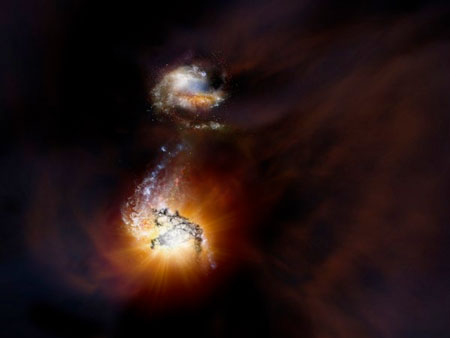 Pair of exceptionally rare hyper-luminous galaxies discovered with ALMA.
Pair of exceptionally rare hyper-luminous galaxies discovered with ALMA.
Nov 13th, 2017
Read more